Introduction: Understanding Electric Piston Actuators
What is an Electric Piston Actuator?
An electric piston actuator is a device that converts electrical energy into mechanical movement. It consists of a piston that moves within a cylinder, driven by an electric motor. Electric piston actuators are widely used in various applications, including automation, robotics, and industrial machinery. They are favored for their precision and ability to deliver consistent performance.
Why Maintenance is Important
Regular maintenance is crucial for ensuring optimal performance and prolonging the lifespan of electric piston actuator. Over time, wear and tear can affect their functionality. By proactively addressing maintenance needs, users can minimize downtime and reduce repair costs. Keeping actuators well-maintained is essential for reliable operation in demanding environments.
Overview of Maintenance Techniques
This article will provide essential maintenance tips for electric piston actuators. From regular inspections to proper lubrication, these techniques will help ensure your actuators operate efficiently. Understanding each aspect of maintenance can empower users to take charge of their equipment, ensuring it continues to perform at its best.
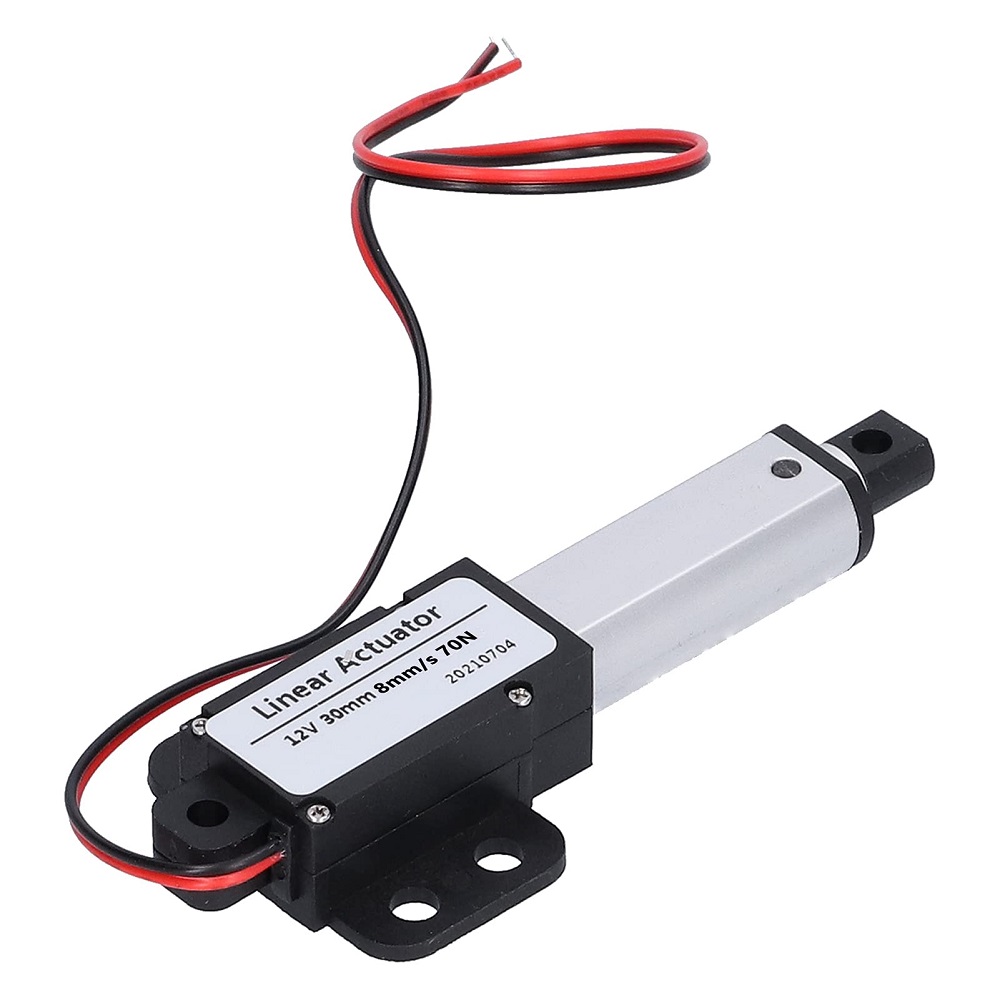
1. Regular Inspections
Importance of Routine Checks
Routine inspections are crucial for identifying potential issues before they escalate. By regularly checking electric piston actuators, you can keep an eye out for signs of wear, damage, or misalignment. These inspections should be done at regular intervals, according to the manufacturer’s recommendations.
Key Components to Inspect
When conducting an inspection, pay close attention to several key components. Start by examining the piston for any signs of scratches, dents, or corrosion. Check the seals and O-rings for wear or damage, as these parts are vital for preventing leaks. Review the electric motor’s connections as well, ensuring that wires are secure and free from damage.
Creating an Inspection Schedule
Establish a maintenance schedule that fits the usage requirements of your actuator. For heavy-duty or continuous use applications, more frequent inspections may be necessary. Document your inspection dates and findings to maintain an accurate record. Regularly scheduling inspections helps ensure compliance and optimal performance.
2. Proper Lubrication
The Role of Lubrication
Proper lubrication is vital for the smooth operation of electric piston actuators. Lubricants reduce friction between moving parts and help prevent wear over time. Insufficient lubrication can lead to overheating and premature failure of the actuator.
Types of Lubricants
Choose lubricants that are compatible with the materials of your actuator. Common lubricants include lithium grease and silicone-based oils. It’s crucial to avoid using products that could damage seals or O-rings. Always refer to the manufacturer’s guidelines for recommendations on specific lubricants.
Lubrication Frequency
The frequency of lubrication depends on the specific application and the environment in which the actuator operates. Regularly check lubricant levels and apply as necessary. For high-duty cycles or harsh environmental conditions, it may be necessary to lubricate more frequently. Keeping a record of lubrication schedules will help maintain consistent care.
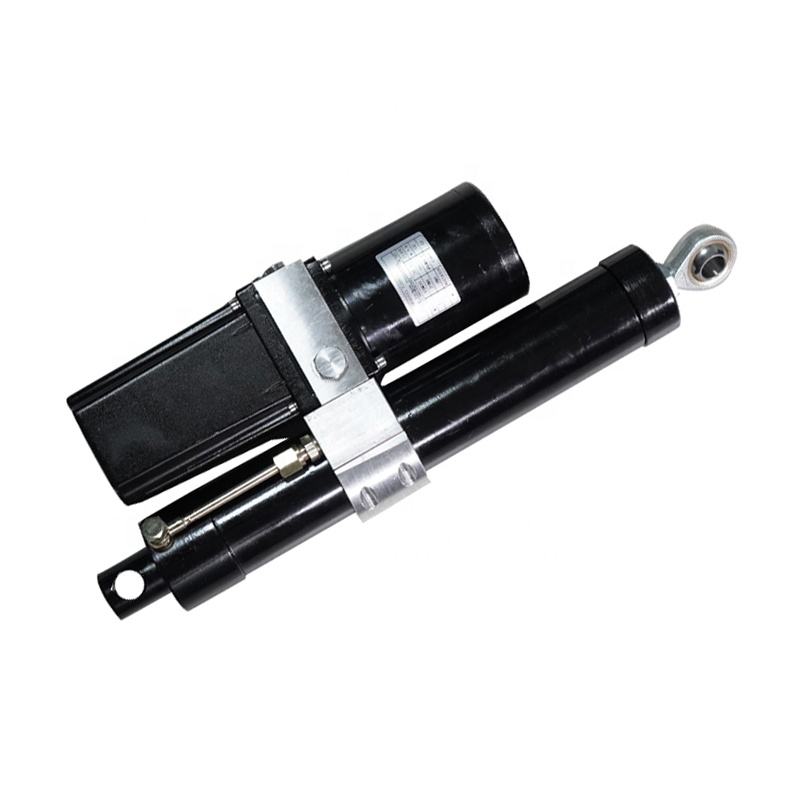
3. Electrical Connection Maintenance
Checking Electrical Connections
Maintaining the electrical connections of your actuator is critical for optimal performance. Inspect wiring and connectors for signs of corrosion, rust, or damage. Loose connections can lead to power loss or erratic operation and can cause actuators to function improperly.
Ensuring Proper Grounding
Proper grounding is essential to prevent electrical shocks and ensure safety. Verify that your actuator is grounded correctly, and check regularly for connection integrity. Grounding reduces the risk of electrical interference and ensures the actuator operates safely and efficiently.
Cleaning Connections
Regular cleaning of electrical connections can help maintain effective conductivity. Use a soft cloth or contact cleaner designed for electronics to keep connections free from dirt and debris. Ensure that the power supply is turned off before performing any cleaning or maintenance work.
4. Temperature Control
Understanding Operating Temperature Guidelines
Each electric piston actuator has specific operating temperature ranges. Operating outside these guidelines can lead to performance degradation and potential equipment failure. Understanding the temperature ranges will help you monitor the actuator’s environment effectively.
Monitoring Temperature Changes
Install temperature gauges if necessary, especially in environments prone to temperature fluctuations. Regular monitoring will allow you to catch any deviations early. If excessive heat is detected, investigate the source and take corrective action to prevent damage.
Managing Heat Generation
Electric motors tend to generate heat during operation. Ensure that there is adequate ventilation around the actuator to help dissipate heat. Keeping the actuator cool will enhance its performance and extend its lifespan. Additionally, consider using cooling systems if operating in a high-temperature environment.
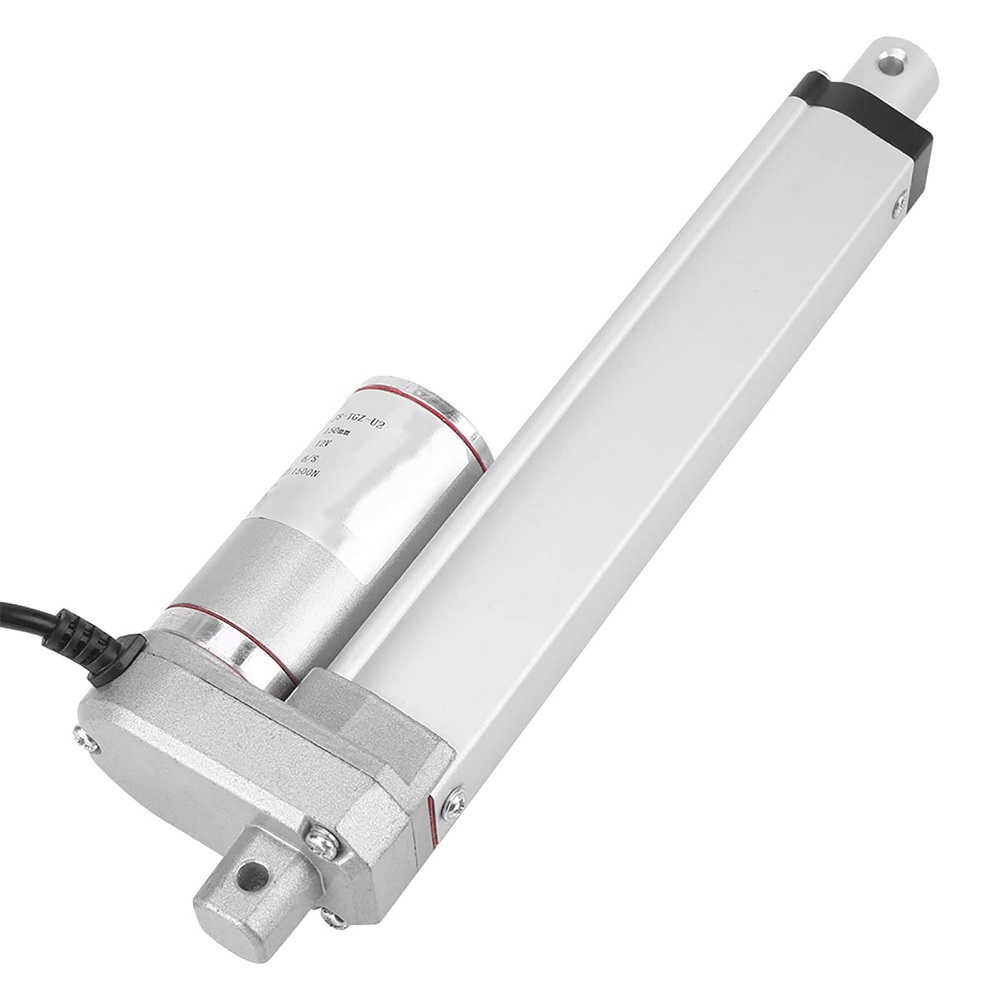
5. Handling and Usage Considerations
Following Manufacturer Guidelines
Always follow the manufacturer’s guidelines for proper handling and usage of electric piston actuators. These guidelines provide essential information about load limits, installation procedures, and operational protocols. Adhering to these recommendations ensures safe and effective operation.
Training Staff Properly
If multiple people use the actuator, provide training on proper usage and maintenance protocols. Staff should be aware of the equipment’s limitations and the importance of routine checks. This training will help prevent misuse that could lead to damage or reduced performance.
Avoiding Sudden Actions
Operating the actuator smoothly and avoiding sudden starts or stops will help prolong its life. Sudden changes can create unnecessary stress on the components. Educate users on best practices to ensure smooth and efficient operation at all times.
6. Troubleshooting Common Issues
Recognizing Performance Problems
It’s essential to recognize symptoms indicating potential issues with the actuator. Common problems include unusual noises, inconsistent movements, or failure to respond. By identifying these symptoms early, users can investigate and address the underlying issues before they escalate.
Common Solutions
For inconsistent operation, check the electrical connections and ensure they are snug and corrosion-free. If the actuator is sluggish, verify that it is adequately lubricated. Any unusual noises might be a sign of insufficient lubrication or misalignment, requiring further inspection.
Seeking Professional Help
If troubleshooting does not yield results or if symptoms persist, consult with a professional technician. Expert assistance can provide insight into complex issues that may not be apparent. Maintaining open communication with your technician can help develop long-term solutions and support for your actuator needs.
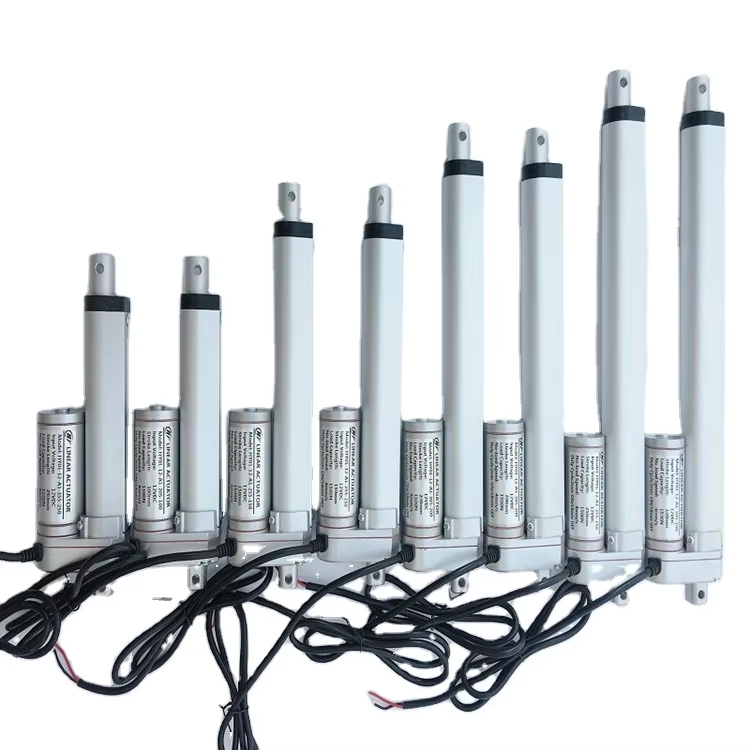
7. Upgrading Your Actuator
When to Consider an Upgrade
If your electric piston actuator struggles to meet performance needs after regular maintenance, it might be time to consider an upgrade. Newer models may offer advancements in technology, efficiency, and reliability. Recognizing the signs of inadequate performance can help decision-making.
Evaluating Improved Features
Before upgrading, research new models and their features. Look for improvements such as better energy efficiency, enhanced speed, or more precise control. Understanding these features helps ensure you choose an upgrade that meets your specific demands.
Cost-Benefit Analysis
Conduct a cost-benefit analysis when considering an upgrade. While new models may have a higher upfront cost, improved performance and reliability can lead to longer-term savings. Invest time in evaluating how the upgrade impacts operational efficiency and maintenance costs.
8. Environmental Considerations
The Need for Eco-Friendly Components
As industries become more eco-conscious, selecting environmentally friendly components matters. Electric piston actuators that use sustainable materials reduce environmental impact. Consider brand offerings that prioritize sustainability in manufacturing and component design.
Minimizing Energy Consumption
Exploring actuators designed for energy efficiency can contribute to minimizing overall energy consumption. Many manufacturers are introducing models that consume less energy while maintaining performance standards. Choosing energy-efficient options aligns with eco-friendly practices.
Understanding Waste Management
Proper disposal of old hydraulic components, including actuators, is essential for environmental health. Familiarize yourself with local recycling programs and regulations for disposing of automotive parts. Ensuring responsible disposal practices demonstrates a commitment to sustainability.
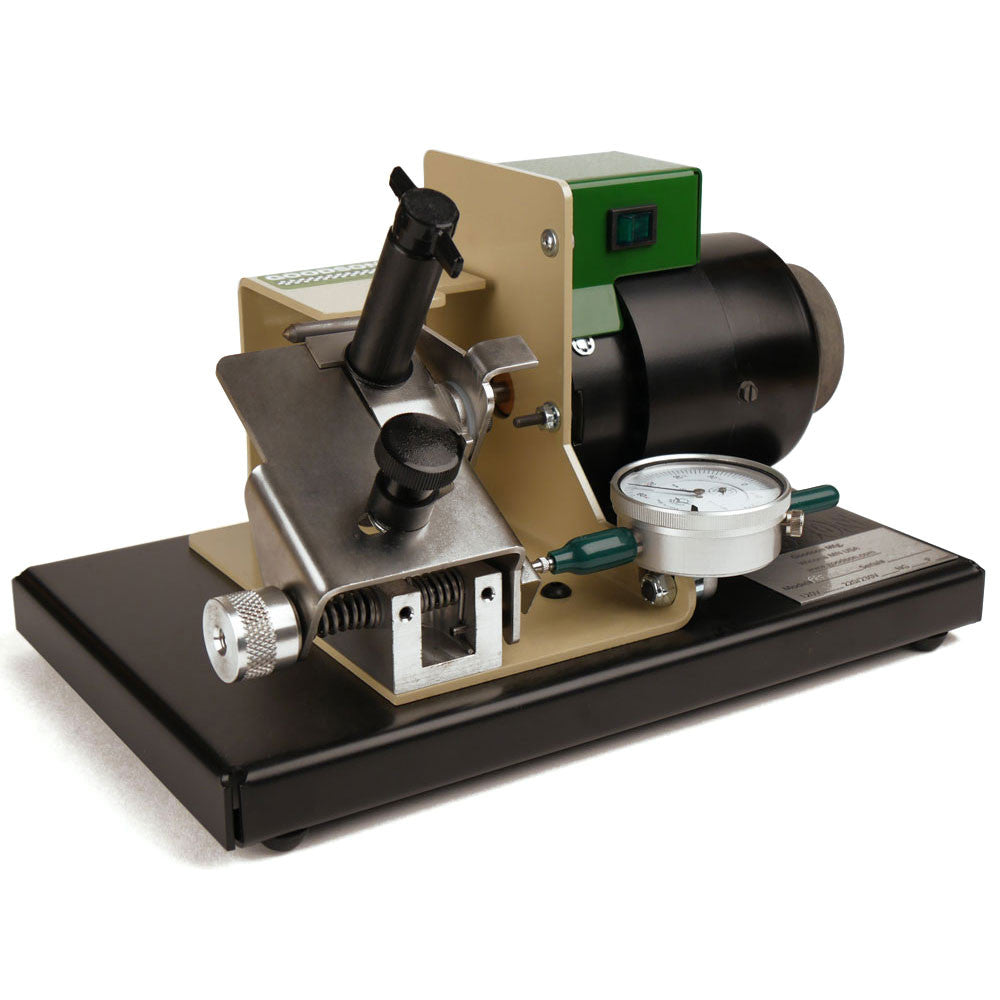
9. Enhancing Productivity through Automation
The Role of Actuators in Automation
Electric piston actuators play a significant role in automation and robotics. They provide precise control for mechanical movements, enhancing productivity in various applications. Understanding their capabilities can improve workflow efficiency and reduce manual labor.
Integrating with Control Systems
Integrating electric piston actuators with advanced control systems can yield impressive benefits. Programmable logic controllers (PLCs) or advanced automation software allow for automated sequences that enhance production efficiency. Automation streamlines operations and ensures consistent output.
Monitoring Performance
Regularly monitoring the performance of automated systems helps detect areas for improvement. Utilize sensors and data analytics to track the performance of electric piston actuators and optimize their operation. This proactive approach ensures that your automation strategies remain effective.
10. Industry Trends and Innovations
Keeping Up with Innovations
The field of electric piston actuators is ever-evolving. Staying informed about industry trends and innovations allows you to make educated decisions. Many manufacturers focus on enhancing design and function to improve performance across different applications.
Focus on Smart Technology
As technology advances, smart actuators are gaining popularity. These equipped actuators allow real-time monitoring and interaction with other systems. Enhanced data collection provides valuable insights into performance, leading to informed maintenance and operational adjustments.
The Future of Electric Piston Actuators
Looking ahead, expect to see continued advancements in materials and designs, focusing on efficiency and adaptability. Manufacturers will likely introduce new features that improve functionality and enhance user experience. Staying informed and adaptable will prepare you for future trends in actuator technology.
11. Specific Applications of Electric Piston Actuators
Industrial Automation
Electric piston actuators are widely used in industrial automation to control machinery and processes. They provide precise movements for assembly lines, robotic arms, and other equipment. This capability enhances productivity by improving speed and accuracy.
Automotive Applications
In the automotive industry, electric piston actuators play a role in various systems. They are used in tasks like adjusting seats, controlling windows, and operating hoods. Their compact size and efficient performance make them ideal for vehicle applications.
Medical Equipment
Electric piston actuators are essential in the medical field. They are used in surgical equipment and hospital beds, providing precise control for various applications. Their reliability and accuracy are crucial in maintaining the quality of care and safety for patients.
FAQ:
1. What is an electric piston actuator and how does it work?
Answer: An electric piston actuator is a mechanical device that converts electrical energy into linear motion using a piston mechanism. When an electric current is applied, an internal motor or solenoid drives the piston to extend or retract, thereby enabling precise control of movement in applications like automation, robotics, and valve control. Its efficiency and precision make it suitable for both industrial and commercial uses.
2. What are the common applications of electric piston actuators?
Answer: Electric piston actuators are used in various applications, including:
- Industrial Automation: They control machinery and equipment in manufacturing processes.
- HVAC Systems: Used to adjust vents and dampers for improved air flow and temperature control.
- Robotics: Provide precise movement for robot arms and components.
- Automotive: Activate mechanisms such as trunk lifts and window regulators.
- Medical Devices: Used in systems requiring precise control, such as hospital beds and surgical equipment.
3. How can I maintain my electric piston actuator for optimal performance?
Answer: To maintain your electric piston actuator:
- Regular Inspections: Check for any signs of wear, damage, or misalignment. Ensure that all components are securely fastened.
- Electrical Connections: Regularly inspect and clean electrical connections to prevent corrosion and ensure reliable operation.
- Lubrication: Apply lubricant to moving parts as per the manufacturer’s recommendations to reduce friction and wear.
- Check Input Voltage: Ensure that the actuator receives the proper voltage and power to function efficiently.
4. What signs indicate that my electric piston actuator needs maintenance?
Answer: Signs that your electric piston actuator may need maintenance include:
- Unusual Noises: Grinding or squeaking sounds during operation may indicate a lack of lubrication or wear.
- Slow Response or Stalling: If the actuator takes longer than usual to respond or stops functioning altogether, there might be an electrical or mechanical issue.
- Visible Damage: Cracks, dents, or corrosion on the actuator housing or components require immediate attention.
- Inconsistent Movement: If the linear movement is jerky or uneven, it may signal alignment issues or mechanical obstruction.
5. How do I safely troubleshoot issues with my electric piston actuator?
Answer: To safely troubleshoot your electric piston actuator:
- Disconnect Power: Always disconnect the power supply before performing any maintenance or troubleshooting to prevent electrical shock.
- Consult the Manual: Refer to the manufacturer’s manual for specific troubleshooting procedures and safety guidelines.
- Inspect Components: Look for loose wires, damaged parts, or accumulated debris that could affect performance.
- Test Functions: Use a multimeter to check electrical connections and ensure proper voltage is reaching the actuator.
- Seek Professional Help: If the issue persists or is beyond basic maintenance, contact a qualified technician for diagnosis and repair.
Embrace Optimal Performance with Electric Piston Actuators
Recap of Maintenance Strategies
Maintaining electric piston actuators ensures optimal performance and enhances their lifespan. Regular inspections, proper lubrication, and understanding common issues are essential practices. Following the outlined strategies will keep your actuators running smoothly.
The Value of Education
Educating yourself about electric piston actuators is vital to maximizing their performance. Stay informed on trends, materials, and maintenance practices, ensuring you are prepared for challenges ahead. This knowledge will empower you to make informed decisions.
Fostering a Culture of Safety and Efficiency
Embrace safety, efficiency, and sustainability within your operations. A proactive approach to maintenance, including following the best practices for electric piston actuator care, and a focus on technology improvements will help you maintain high-performance standards. By valuing and investing in your equipment, you are setting the foundation for long-term success in your industry.
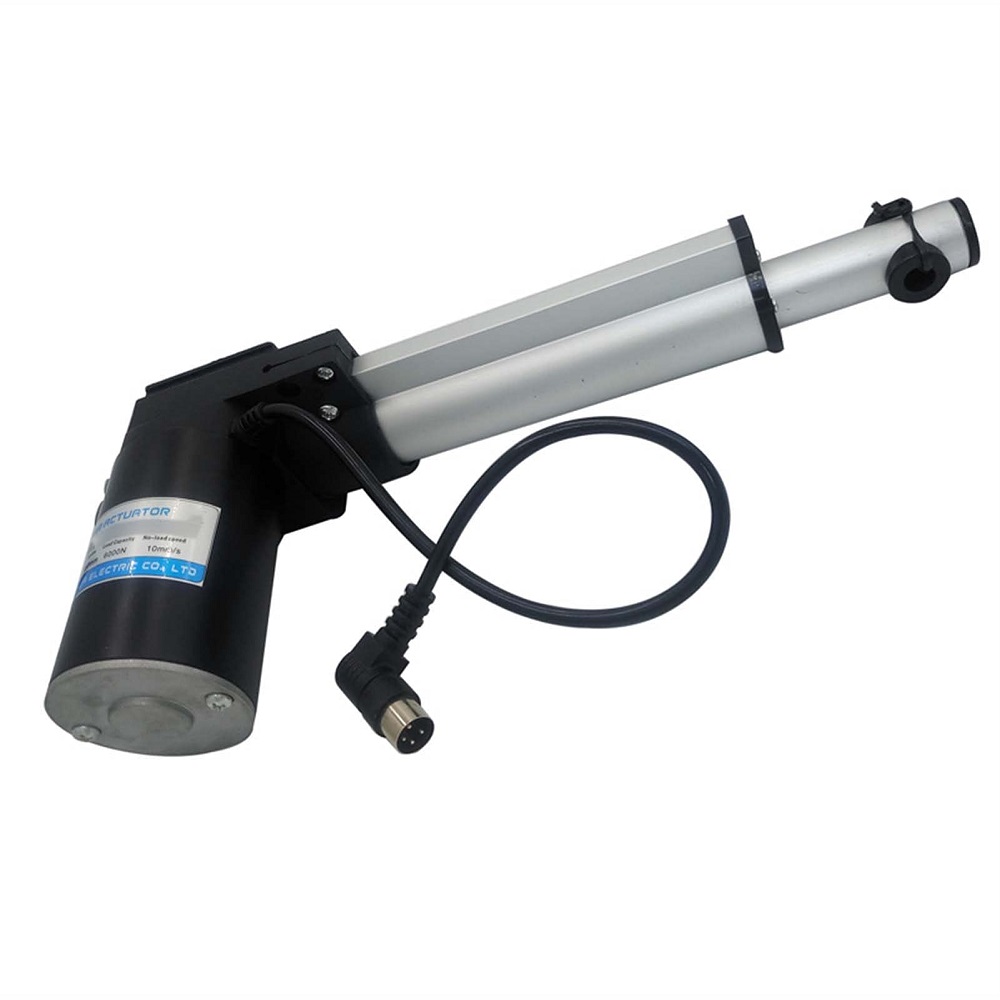
Leave a Reply